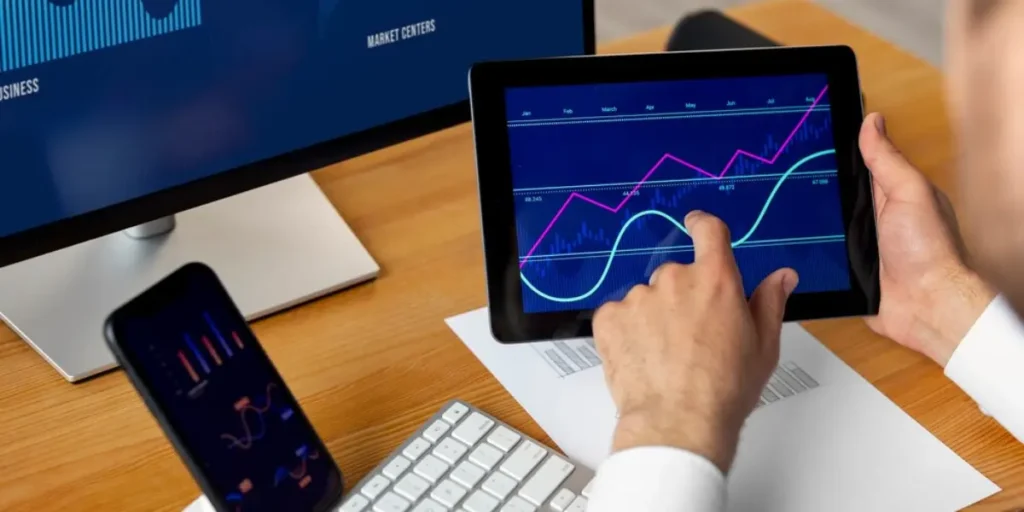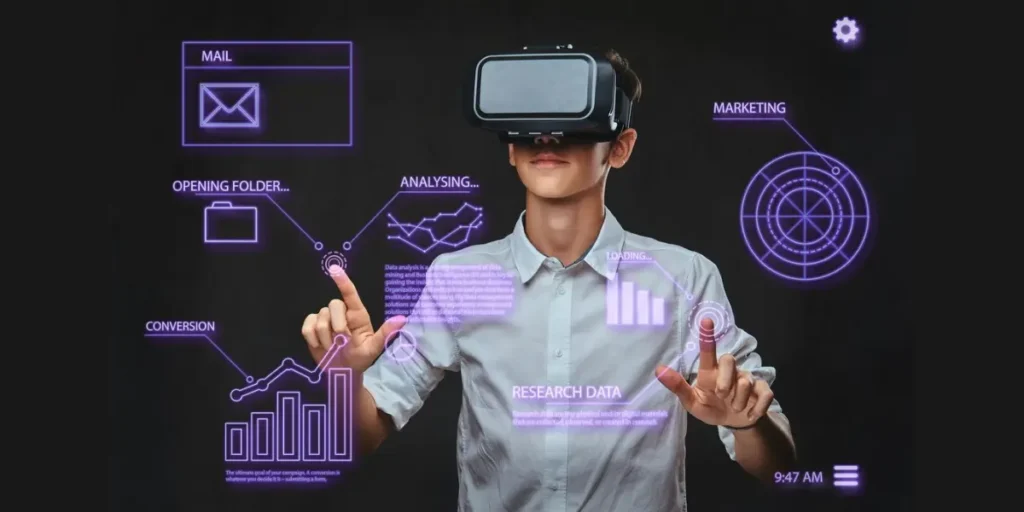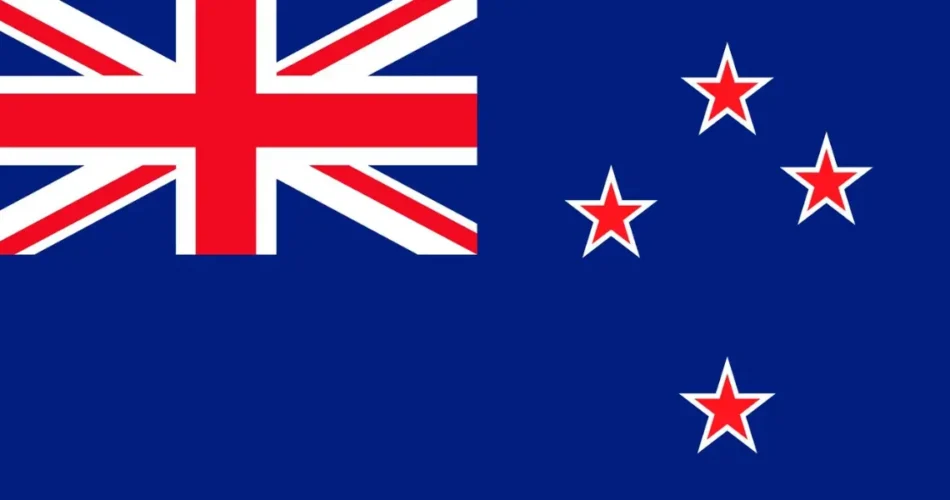QRs have evolved into a multifaceted tool with applications ranging from marketing and payment to contact tracing and public health. Nowhere is this more evident than in the breathtaking landscapes and dynamic cities of New Zealand.
From bustling cafes in Auckland to serene hiking trails in Fiordland National Park, QR Codes have seamlessly integrated themselves into the fabric of New Zealand.
We’ll be exploring how businesses leverage QR Codes in New Zealand and see how they have made an impact.
So, let’s get started!
A. Adoption and usage trends of QR Codes in New Zealand

In New Zealand, QRs were widely used as part of the government’s contact tracing efforts to control the spread of the virus.
Here are some key points regarding the adoption and usage trends of QRs in New Zealand:
1. Government mandates
The New Zealand government mandated the use of QRs in various public places, including businesses, restaurants, and public transportation, to facilitate contact tracing. This mandate was part of the country’s efforts to quickly identify and isolate potential COVID-19 cases.
2. Integration with contact tracing apps
The New Zealand government developed the NZ COVID Tracer app, which allowed individuals to scan QRs at various locations to record their visits. This data was crucial for contact tracing purposes in case of potential exposure to the virus.
3. Business compliance
Businesses across various sectors in New Zealand were required to display QRs prominently at their entrances to allow customers to check in easily. Compliance with these requirements was generally high, as businesses understood the importance of contact tracing in controlling the spread of COVID-19.
4. Public awareness and education
The government and health authorities in New Zealand conducted extensive public awareness campaigns to educate citizens about the importance of using QRs for contact tracing. This helped increase adoption rates and encouraged widespread compliance.
5. Privacy concerns
While QR usage was generally accepted by the public for contact tracing purposes during the pandemic, there were occasional concerns raised regarding privacy and data security. The government took steps to address these concerns by ensuring that data collected through QR check-ins was used solely for contact tracing and was subject to strict privacy regulations.
Generate a QR Code For Your Unique Case
START TODAY!
B. How QR Codes are revolutionizing business in New Zealand

In the digital age, businesses in New Zealand are embracing QRs as a powerful tool to revolutionize the way they operate and engage with customers.
Let’s explore how these humble symbols are reshaping the business landscape in New Zealand:
1. Contactless payments
With the rise of mobile wallets and contactless transactions, QRs have become a seamless solution for facilitating payments. Businesses across New Zealand are adopting QR payment systems, allowing customers to simply scan and pay using their smartphones.
This speeds up transactions and minimizes the need for physical cash or card transactions, enhancing convenience and hygiene, especially in a post-COVID world.
2. Marketing and promotions
QRs provide a direct bridge between the physical and digital worlds, enabling businesses to deliver targeted marketing campaigns and promotions. Whether it’s embedding QRs in print advertisements, product packaging, or storefronts, businesses can effortlessly connect with customers and drive engagement. By scanning a QR, customers can access exclusive offers, and product information, or even participate in interactive experiences, fostering brand loyalty and driving sales.
3. Contact tracing and health safety
Amidst the global COVID-19 pandemic, QRs have played a crucial role in facilitating contact tracing and ensuring public health safety. Businesses in New Zealand have implemented QR-based contact tracing systems, allowing customers to check in upon entry using their smartphones.
This enables swift and efficient contact tracing in the event of a COVID-19 outbreak, helping to curb the spread of the virus while maintaining business continuity.
4. Enhanced customer experiences
QRs empower businesses to deliver personalized and immersive experiences to their customers. Whether it’s providing instant access to product information, enabling mobile ordering and pickup, or facilitating virtual tours and experiences, QRs enable businesses to cater to the evolving preferences of their digital-savvy customers.
By leveraging QRs, businesses can create seamless omnichannel experiences that delight customers and drive long-term loyalty.
5. Data analytics and insights
Behind the scenes, QRs offer businesses valuable data analytics and insights into customer behavior and preferences.
By tracking QR scans and interactions, businesses can gather valuable data on customer demographics, engagement patterns, and conversion rates. This data-driven approach enables businesses to refine their marketing strategies, optimize operations, and make informed business decisions, ultimately driving growth and success.
C. QR Codes in retail: Enhancing the shopping experience in New Zealand

1. Instant product information
Say goodbye to endless aisles of confusion. QR codes placed strategically on product labels or store shelves provide shoppers with instant access to detailed product information, including specifications, pricing, reviews, and more. With a simple scan using their smartphones, customers can make informed purchase decisions, leading to increased confidence and satisfaction.
2. Virtual try-ons and fittings
In the age of online shopping, one of the biggest challenges for retailers is replicating the in-store experience of trying on clothes or testing products. QR codes are bridging this gap by enabling virtual try-ons and fittings. By scanning a QR code associated with a particular item, customers can visualize how it would look on them, explore different color options, or even receive personalized recommendations based on their preferences and body measurements.
3. Seamless mobile payments
Long gone are the days of waiting in line at the checkout counter. QR codes facilitate seamless mobile payments, allowing customers to complete transactions quickly and securely using their smartphones. Whether it’s scanning a QR code at the point of sale or within a mobile app, customers can enjoy a frictionless payment experience, eliminating the need for cash or physical cards.
4. Exclusive offers and loyalty rewards
QR codes serve as a gateway to exclusive offers, discounts, and loyalty rewards, enticing customers to engage with brands and make repeat purchases. By scanning QR codes embedded in promotional materials or loyalty cards, customers can unlock special deals, earn reward points, or participate in loyalty programs, fostering a sense of appreciation and incentivizing future interactions.
5. Enhanced customer engagement
QRs are not just static images; they’re interactive portals that facilitate meaningful engagement between brands and customers. Whether it’s scanning a QR to access behind-the-scenes content, participate in interactive games, or join loyalty clubs, customers are drawn into immersive experiences that deepen their connection with the brand and foster brand loyalty.
6. Streamlined click-and-collect services
With the rise of online shopping, click-and-collect services have become increasingly popular among retailers. QRs streamline the click-and-collect process, allowing customers to easily retrieve their orders from designated pickup points. By scanning a QR code upon arrival, customers can notify store staff of their presence, ensuring a seamless and efficient pickup experience.
D. QR Codes in tourism in New Zealand

QR Codes have been utilized in various ways within the tourism industry in New Zealand, offering both convenience and information to travelers.
Here’s how QRs have been incorporated into tourism in the country:
1. Visitor information
Many tourist attractions, accommodations, and visitor centers in New Zealand have implemented QRs to provide visitors with quick access to essential information. These codes might link to websites, maps, audio guides, or videos about the attraction, allowing tourists to learn more about the site they are visiting.
2. Interactive experiences
QRs are often used to enhance the visitor experience at tourist destinations. For example, they might be placed at specific points along hiking trails, scenic drives, or cultural sites, providing visitors with additional information, stories, or multimedia content related to their surroundings.
3. Tour booking and ticketing
In the tourism industry, QRs are frequently used for ticketing and booking purposes. Tour operators, transportation providers, and event organizers may issue QR-coded tickets or reservation confirmations that can be easily scanned for admission or boarding.
4. Promotional campaigns
QRs have been integrated into marketing and promotional campaigns by tourism boards, local businesses, and accommodations in New Zealand. These codes might be included in print advertisements, brochures, or posters, allowing potential visitors to access additional information, discounts, or special offers.
5. Safety and health measures
During the COVID-19 pandemic, QRs became essential tools for implementing health and safety measures in the tourism sector. Accommodations, restaurants, and tour operators used QRs for contactless check-ins, menu access, and contact tracing, helping to ensure the safety of both visitors and staff.
6. Cultural and educational resources
QRs are also used to provide access to cultural and educational resources for tourists interested in learning more about New Zealand’s history, culture, and natural environment. For example, they might link to online exhibits, language guides, or educational videos about Maori traditions and customs.
E. QR Codes in education in New Zealand

QRs have been increasingly integrated into educational settings in New Zealand, offering innovative tools for teaching and learning.
Here’s how QRs are being used in education in the country:
1. Interactive learning materials
Teachers create QRs that link to various educational resources such as videos, articles, interactive websites, or online quizzes. These codes can be incorporated into textbooks, worksheets, or classroom displays, allowing students to access supplementary materials and engage with the content more interactively.
2. Scavenger hunts and treasure hunts
QRs are used to create scavenger hunts or treasure hunts that encourage students to explore their surroundings while completing educational tasks or solving puzzles. Teachers can place QRs in different locations around the school or community, and students must scan the codes to reveal clues or information related to the lesson.
3. Virtual field trips
QRs enable students to take virtual field trips to museums, historical sites, or natural landmarks without leaving the classroom. Teachers can create QRs that link to 360-degree virtual tours, interactive maps, or multimedia presentations, providing students with immersive learning experiences.
4. Student portfolios and projects
Students use QRs to showcase their work or share multimedia projects with their peers and teachers. For example, students create digital portfolios containing QRs that link to samples of their writing, artwork, videos, or presentations, allowing them to easily share their work and receive feedback.
5. Homework assignments and feedback
Teachers use QRs to distribute homework assignments, worksheets, or study materials to students electronically. After completing the assignment, students scan a QR to submit their work digitally, and teachers can provide feedback or grades by scanning a separate QR linked to each student’s submission.
Summing Up
If you’re a brand or a business in New Zealand looking to capitalize on the QR Code revolution, look no further than Scanova’s QR Code Generator.
If you’re still reading, you’ve learned everything about QR Codes in New Zealand. If you have any questions, let us know in the comments.
Always go for a reliable QR Code service provider for your business or marketing needs.
Generate a QR Code For Your Unique Case
START TODAY!
